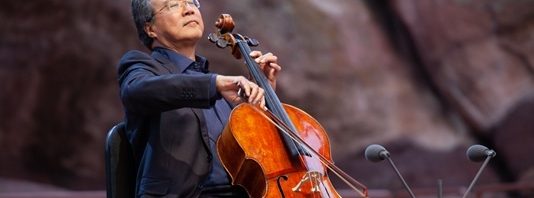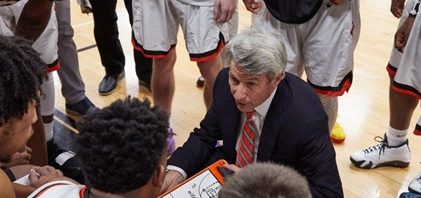We found that for leaders to make something great, their ambition has to be for the greatness of the work and the company, rather than for themselves. ~Jim Collins

I thinkJim Collins’ work (author of Good to Great) is reflected in not only the talent, but the life of the extraordinary cellist, Yo-Yo Ma.
Not long ago I had the privilege of seeing Yo-Yo Ma in concert. It was the second time for me and he never disappoints. Three words that describe Ma are also attributes Collins’ uses to describe great leaders: focus, passion, and humility.
FOCUS
When being interviewed, Ma said, “I can be incredibly focused, and you know, incredibly willful.” This incident in Philadelphia describes just how focused he can be.
Once, while playing in Philadelphia, his chair tipped over. As Ma fell backward, the audience gasped. A musician behind Ma caught him just in time. Amazingly, Ma kept playing through all of it and sat back down without missing a beat.
Collins said “Level 5 leaders are a study in duality: modest and willful, humble and fearless.”
PASSION
Ma said, “Passion is one great force that unleashes creativity because if you’re passionate about something, then you’re more willing to take risks.”
If you’ve read Collins’ book, then you’re familiar with the hedgehog concept. The point where your answers to three key questions overlap. 1) What are you deeply passionate about? 2) What can you be the best in the world at? 3) What drives your economic engine? Passion is something that Ma understands and clearly demonstrates when he performs. It’s also quite evident that he is deeply passionate. It goes without question that he’s the best in the world.
HUMILITY
In a biography of Yo-Yo Ma by Susan Ashley he is described as “a true superstar, but one would never know it upon meeting him. Ma is soft-spoken and humble.”
This was something I witnessed at the recent concert. I’ve been to many concerts, hundreds, and what I saw Ma do is extremely rare. When his featured cello concerto was finished, the audience immediately stood to their feet and he took a short and modest bow. Then, he walked over to the first-chair cellist and gave him a big hug. He proceeded to very personally greet each of the other cellists. Finally, he stepped back with the remaining musicians and included them in receiving the applause. It wasn’t about him; it was about the music. Just as Collins’ said, “leader’s ambition has to be for the greatness of the work, rather than for themselves.”
Ma being interviewed: “People will ask, ‘Are you famous?’ And I always answer, ‘My mother thinks so.’”
Inspiring leaders, who are focused, passionate, and humble, can be found in many places, even center stage at Symphony Center. Thank you, Yo-Yo Ma for both your musical and leadership inspiration.



